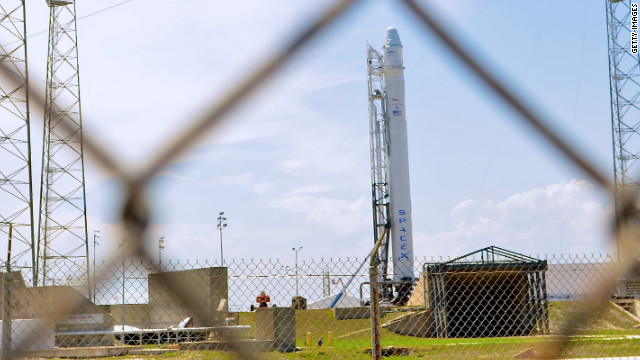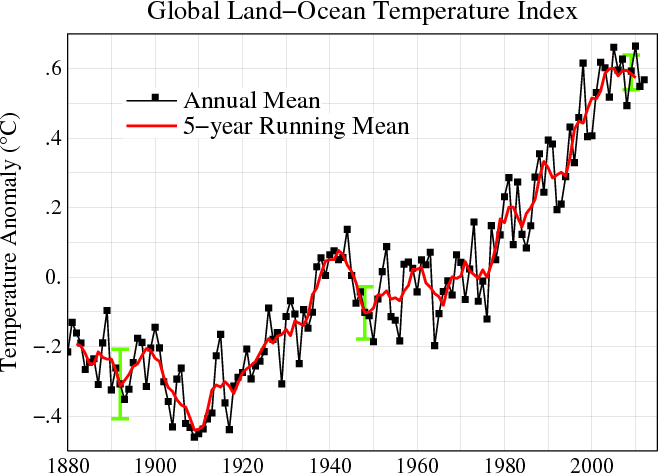ANCHORAGE DAILY NEWS 30 December 2012 2100ast
An unmanned mobile oil drilling rig owned by Royal Dutch Shell is adrift -- again -- south of Kodiak Island after it lost towlines Sunday afternoon from two vessels trying to hold it in place against what have been pummeling winds and high seas, according to incident management leaders.
A team of 250 people from the Coast Guard, the state of Alaska, Royal Dutch Shell, and one of its contractors was hunkered down Sunday, mainly in Midtown Anchorage's Frontier Building, trying to resolve the ongoing crisis with the Shell-owned drilling rig, the Kulluk.
Before the latest turn for the worse, representatives of the Coast Guard, Shell and the state Department of Environmental Conservation told reporters in a briefing early Sunday afternoon that the situation was critical, but under control.
Then tow lines from the Aiviq and a second support vessel, the Nanuq "separated," the joint command team said in a statement sent out at about 4:30 p.m. The setback happened sometime after 1 p.m., just as commanders were briefing news media on what appeared at that point to be a successful response after a series of failures. They didn't yet know the towlines had broken free, said Shell spokesman Curtis Smith, who is part of the unified incident command team.
A third vessel, the tug Alert, which is usually stationed in Prince William Sound as part of an emergency response system, has arrived on the scene. And a fourth Shell-contracted support ship, the Guardsman, is on location.
"The crew is evaluating all options for reconnecting with the Kulluk," the command team said. Tow lines are still attached to the Kulluk and conceivably could be reattached to the nearby ships, Smith said.
But with its crew evacuated for safety reasons, there's no one on board to tend the winches or maneuver equipment, Sean Churchfield, Shell's incident commander and the company's operations manager for Alaska, told reporters earlier on Sunday.
All decisions, including the evacuation, are being made by the group as a whole, said Capt. Paul Mehler, the Coast Guard's Anchorage-based commander.
The Gulf of Alaska storm has been fierce, with near-hurricane winds on Saturday night, Mehler said. Only a small lull is predicted for Monday morning, according to the National Weather Service. The forecast for Sunday night was 28-foot seas and winds in the range of 50 mph or more, about what it was on Saturday, said meteorologist Bob Clay. Seas and winds are expected to diminish Monday morning, then pick back up later in the day as another storm moves in, he said.
With no towlines securing it in place, the crew-less Kulluk is drifting about 20 miles south of Sitkinak Island, part of the Trinity Islands, south of Kodiak. Smith said early Sunday evening that he had not yet been briefed on how many hours it would take the Kulluk to reach shore if it continues adrift. A number of variables, including currents and wind speed, would affect when and where it hit, if it came to that, he noted. He said he would provide the information when he gets it.
The incident team also must find a safe harbor for the Aiviq, as well as the Kulluk, to undergo inspections and possible repairs before heading south to Everett, Wash., where the Kulluk had been headed for off-season maintenance before the troubles began.
The $290 million, 266-foot diameter Kulluk is a conical-shaped mobile rig that began drilling a single exploratory well in the Beaufort Sea this year. But it cannot propel itself, and a series of failures involving the rig began on Thursday during a stormy Gulf of Alaska crossing.
The 360-foot, $200 million Aiviq is a new ship commissioned by Shell for its Arctic work and built and owned by Louisiana-based maritime company Edison Chouest Offshore.
The Kulluk lost its towline from the Aiviq on Thursday. A second tow line was attached for a time, but then early Friday all four engines on the Aiviq failed. The Coast Guard sent the Alex Haley, a 282-foot cutter. It delivered a towline to the Aiviq, which was still attached to the Kulluk, but the sheer mass of the ship and the drilling rig, combined with 40 mph winds and building 35-foot seas, broke the connection and the line became tangled in the cutter's propeller and damaged it. The Alex Haley turned back to Kodiak for repair, but now is back at the Kulluk scene.
The towline mishaps and the engine failures are under investigation, Churchfield said.
On Saturday, the Kulluk's 18-person crew was safely evacuated to Kodiak in two Coast Guard helicopters. The Aiviq's engines were repaired with new fuel injectors, and the Nanuq, also under contract to Shell, put a towline on the Kulluk, for a time. The Aiviq then was running off two engines at a time, as a precaution, officials said Sunday.
Initial reports suggested that contaminated fuel might have caused the engines to malfunction, but that hasn't been confirmed through fuel analysis, Churchfield said.
"I don't really want to speculate as to the causes of the propulsion failure on the Aiviq," he said. "We are looking for the solutions and we will have a full investigation. At this stage I don't have any firm information to pass onto you."
However, the fuel now being used is from a different tank than that in use when the engines failed, said Shell's Smith.
The plan to use just a single ship to tow the Kulluk was reasonable, given the Aiviq's features, said the Coast Guard's Mehler.
"This type of operation is very normal. With the vessel the size of the Aiviq, with the capabilities of the Aiviq, with four engines, it was above and beyond what would be required to be able to tow, even in very extreme conditions," the commander said.
Shell did not have to get Coast Guard approval of its towing plan, because the maritime operation was so routine. But the oil company did consult with the agency as the vessels began their journey, Mehler said.
At the start of Shell's 2012 drilling season, the Aiviq towed the Kulluk from a shipyard in Washington state to Dutch Harbor and then to the Beaufort Sea, where two tugs took over to handle it, Churchfield said.
Two crew members on the Aiviq suffered minor injuries at some point, but both are back at work, Churchfield said.
No oil has been spilled during the incident, according to the state Department of Environmental Conservation.
Shell has had a difficult experience as it tries to drill offshore in the Alaska Arctic. It couldn't drill to oil-rich zones because its novel oil spill containment dome was damaged during testing. Its other drilling rig, a converted log carrier called the Noble Discoverer, recently was cited by the Coast Guard for problems with safety and pollution discharge equipment. Mehler ordered it held in Seward while the most serious issues were addressed. While the ship now is free to leave for Seattle, it remains docked in Seward because it is waiting for escort vessels now working on the Kulluk situation, Smith said.
In 1980, in a situation eerily similar to what is happening now, 18 crew members were evacuated off a jack-up drilling rig named the Dan Prince as rough seas in the North Pacific 650 miles south of Kodiak threatened to destroy the unit, according to news reports at the time. Heavy seas prevented crews from attaching a tow line. The rig then sank, according to an online listing of rig disasters.
Read more here: http://www.adn.com/2012/12/30/2738222/shell-drill-rig-adrift-again-in.html#storylink=cpy







































